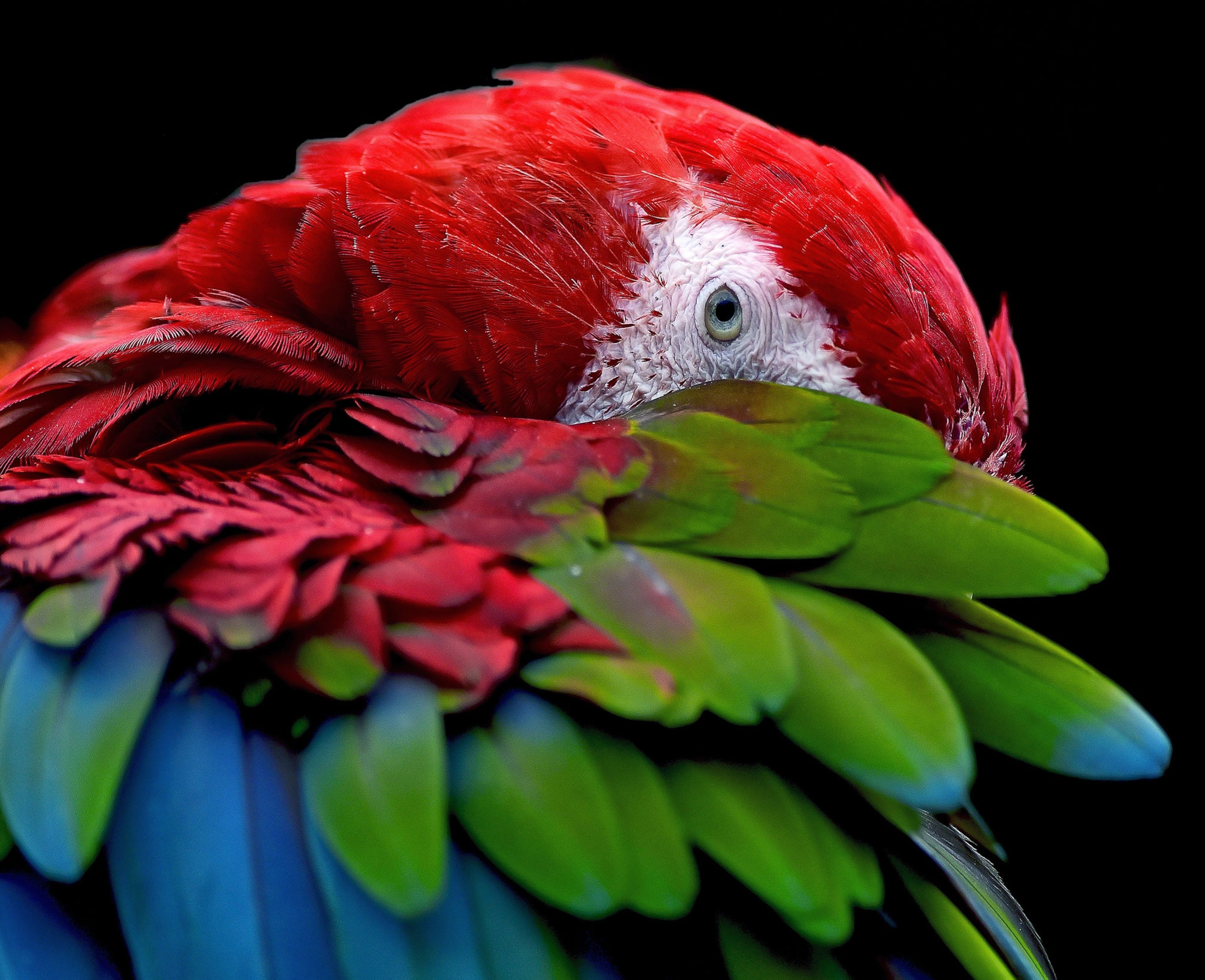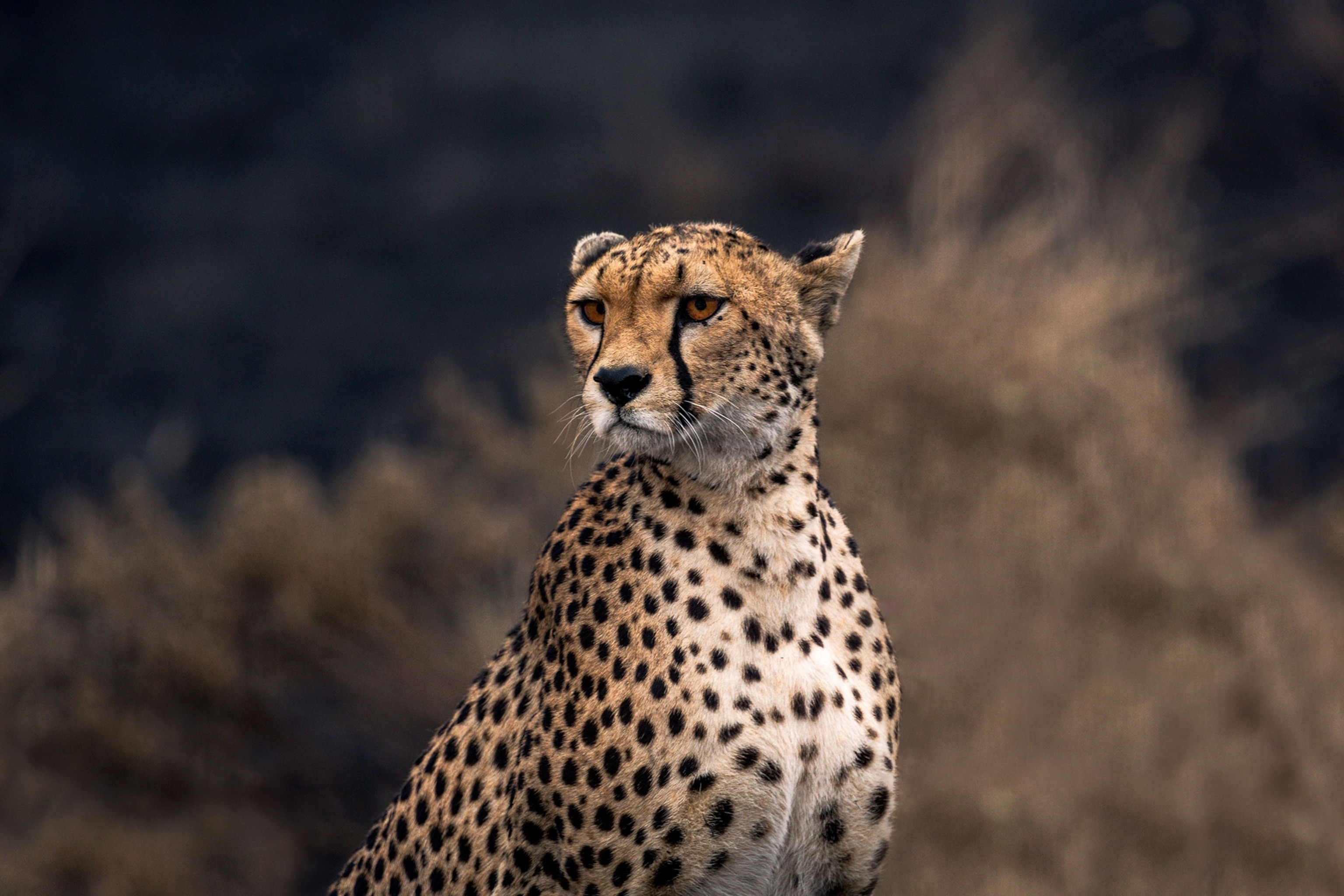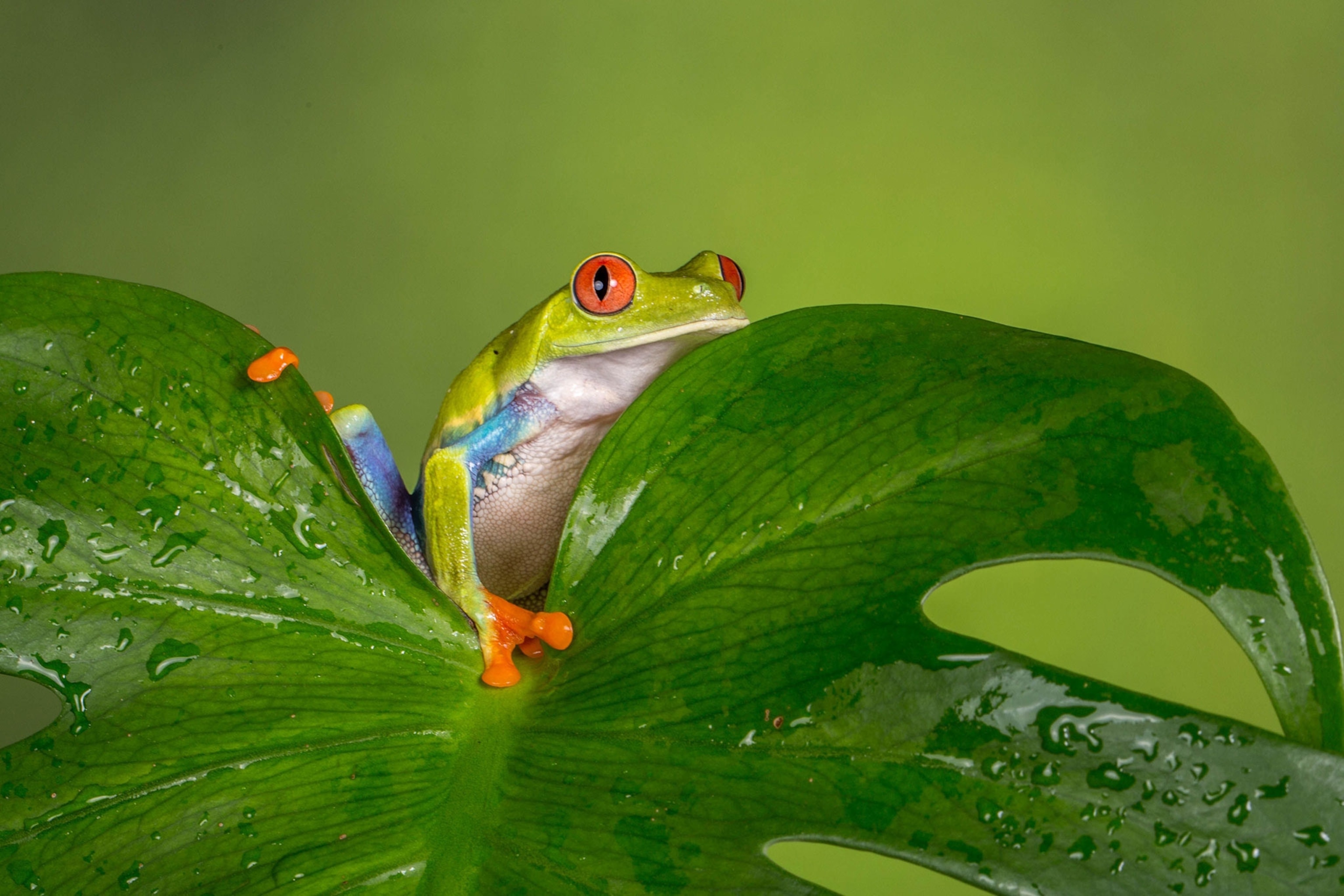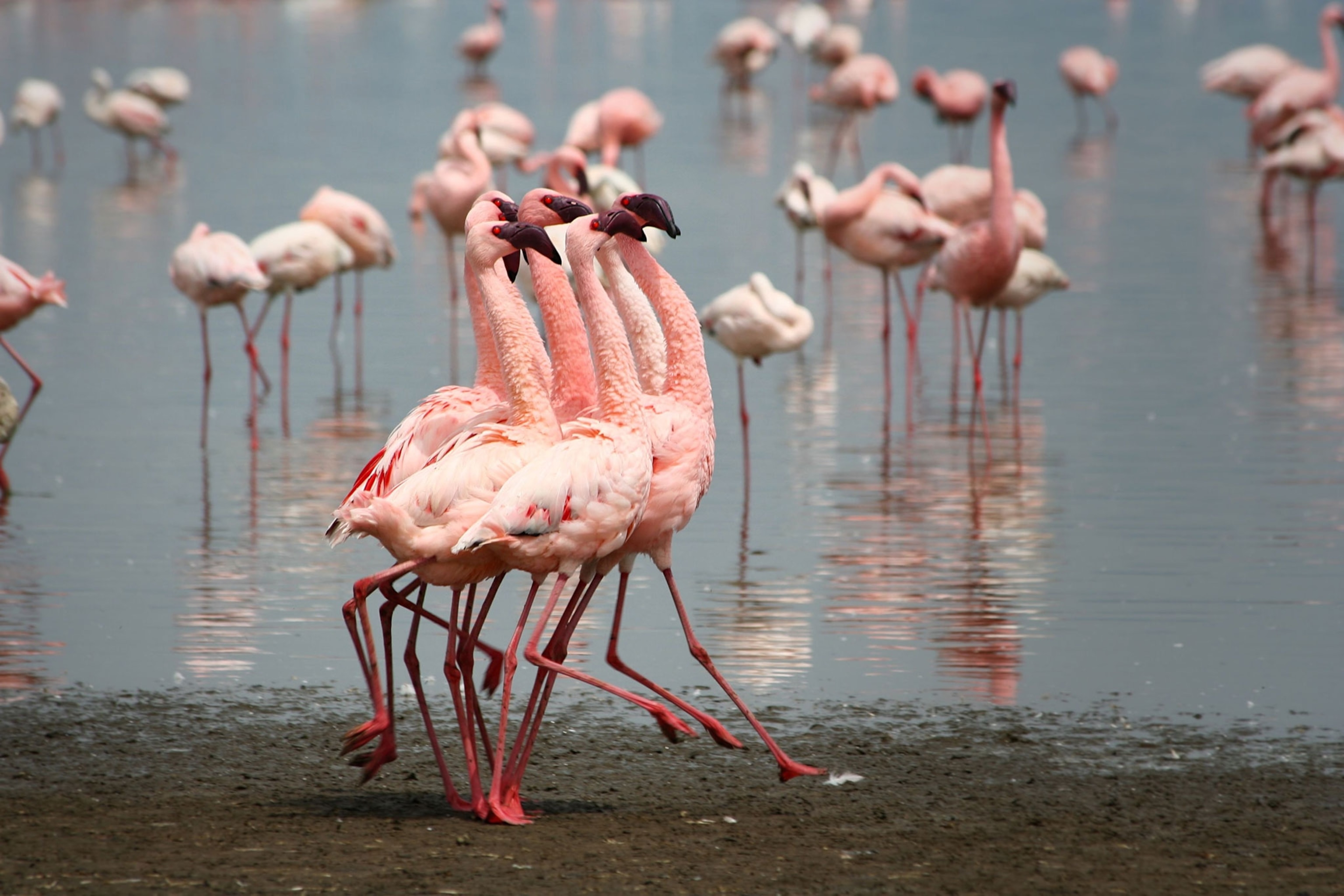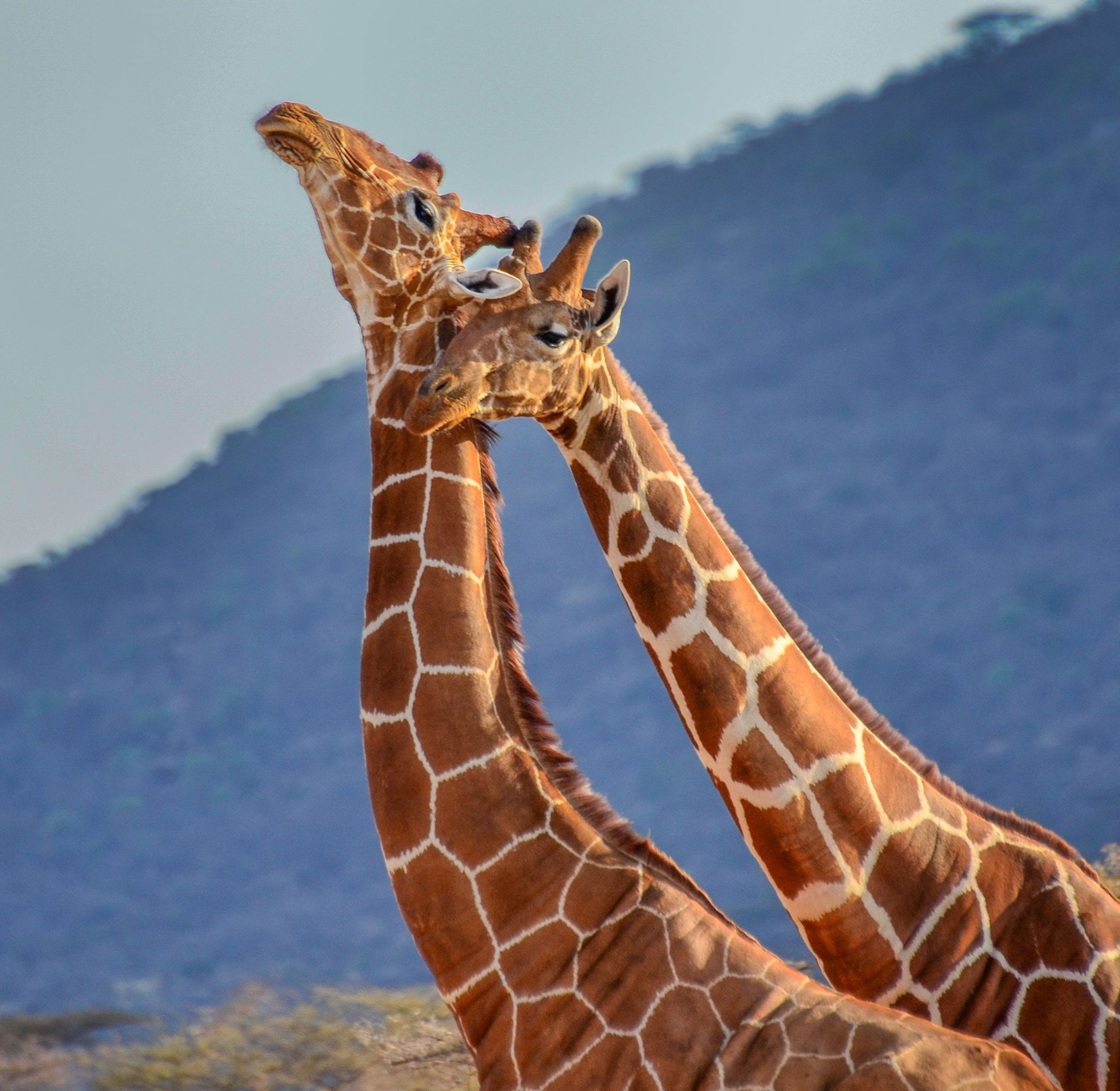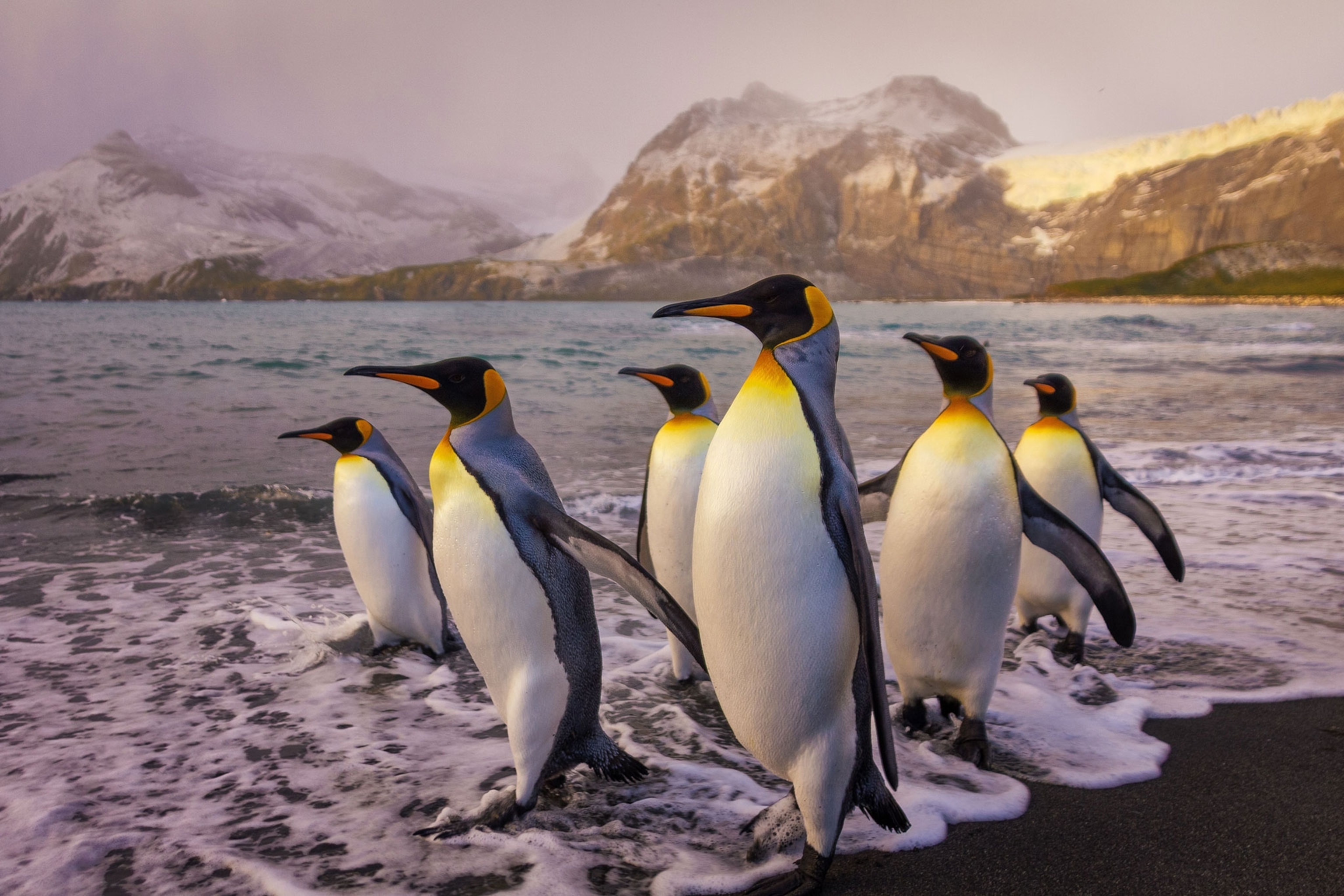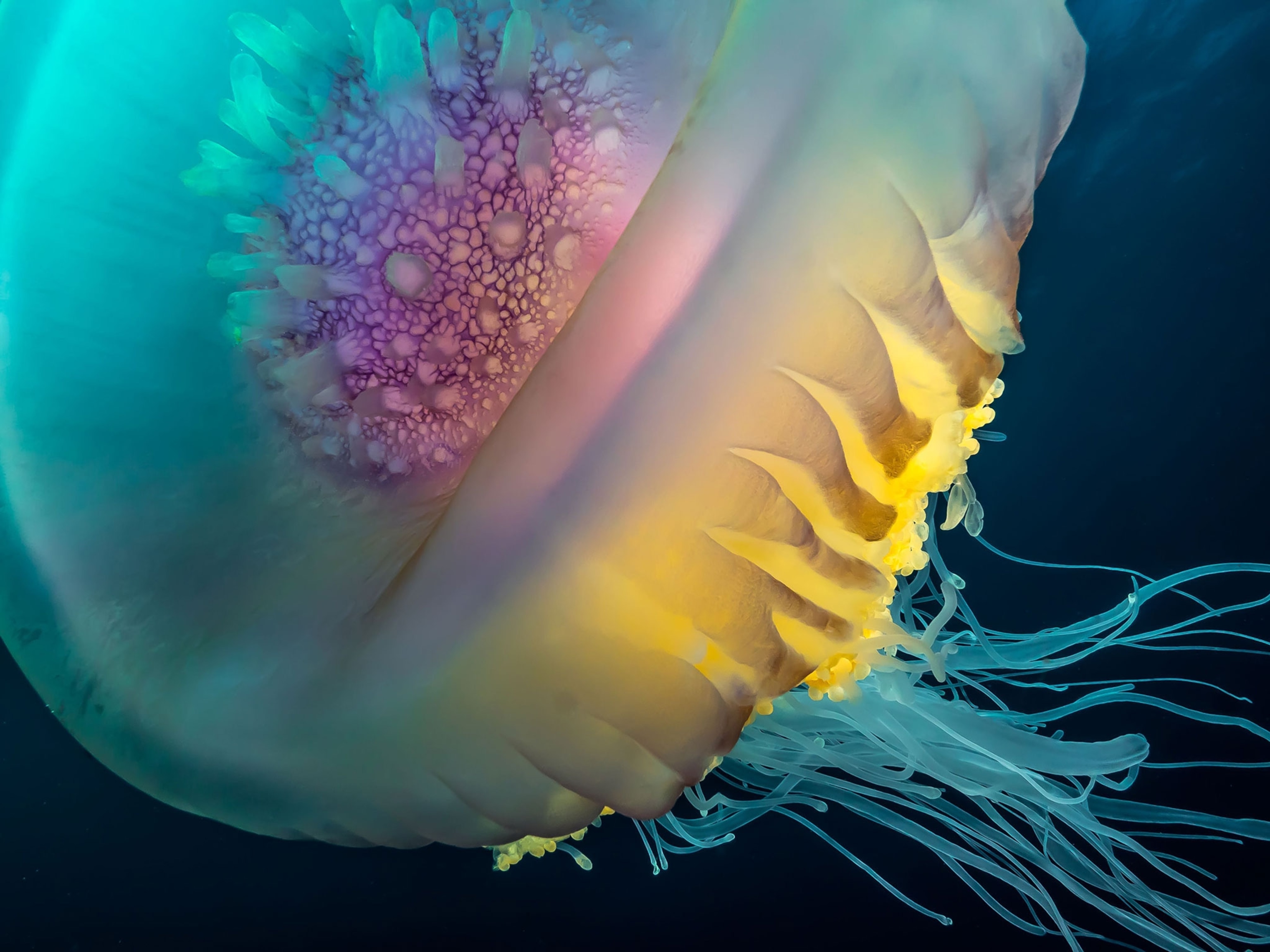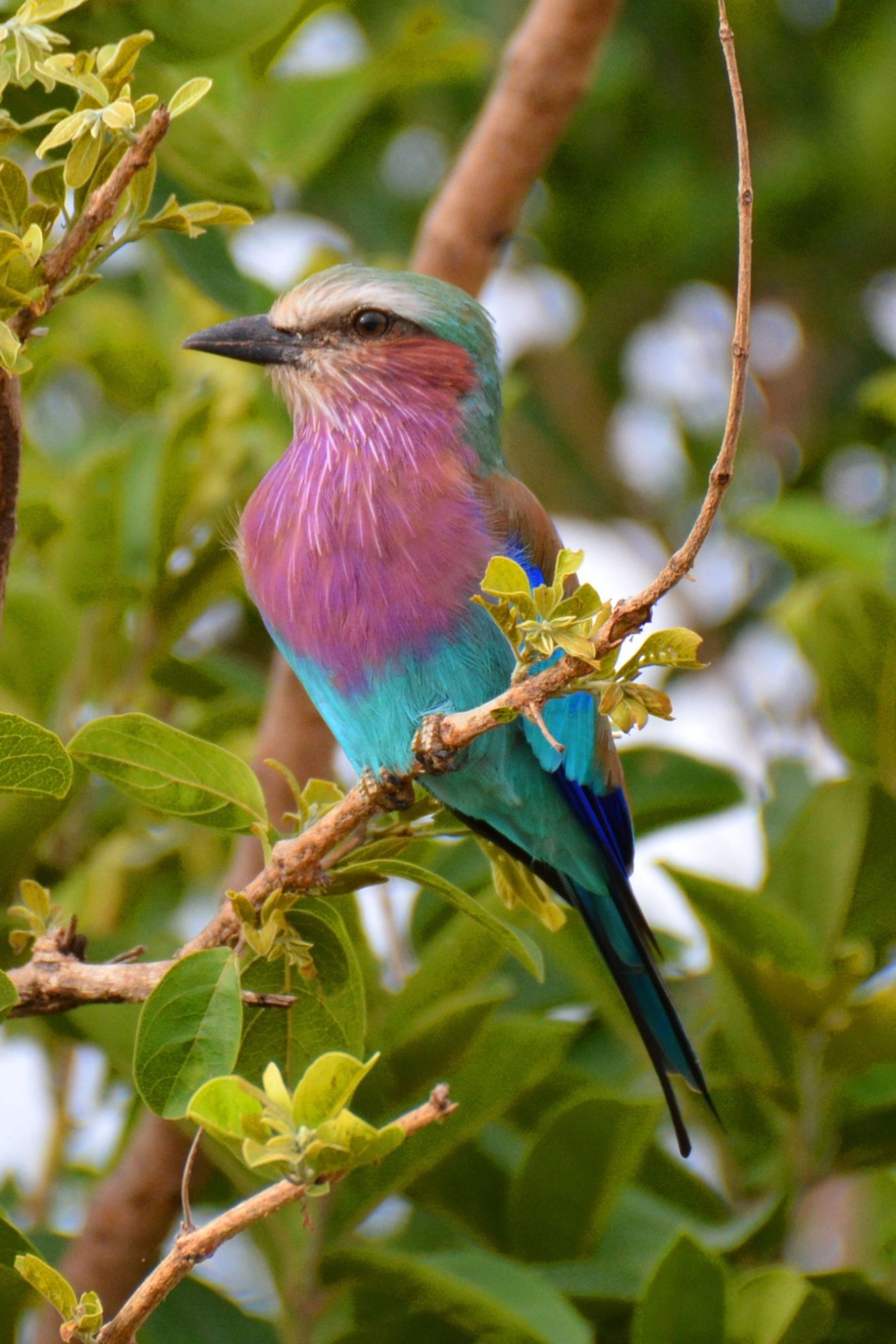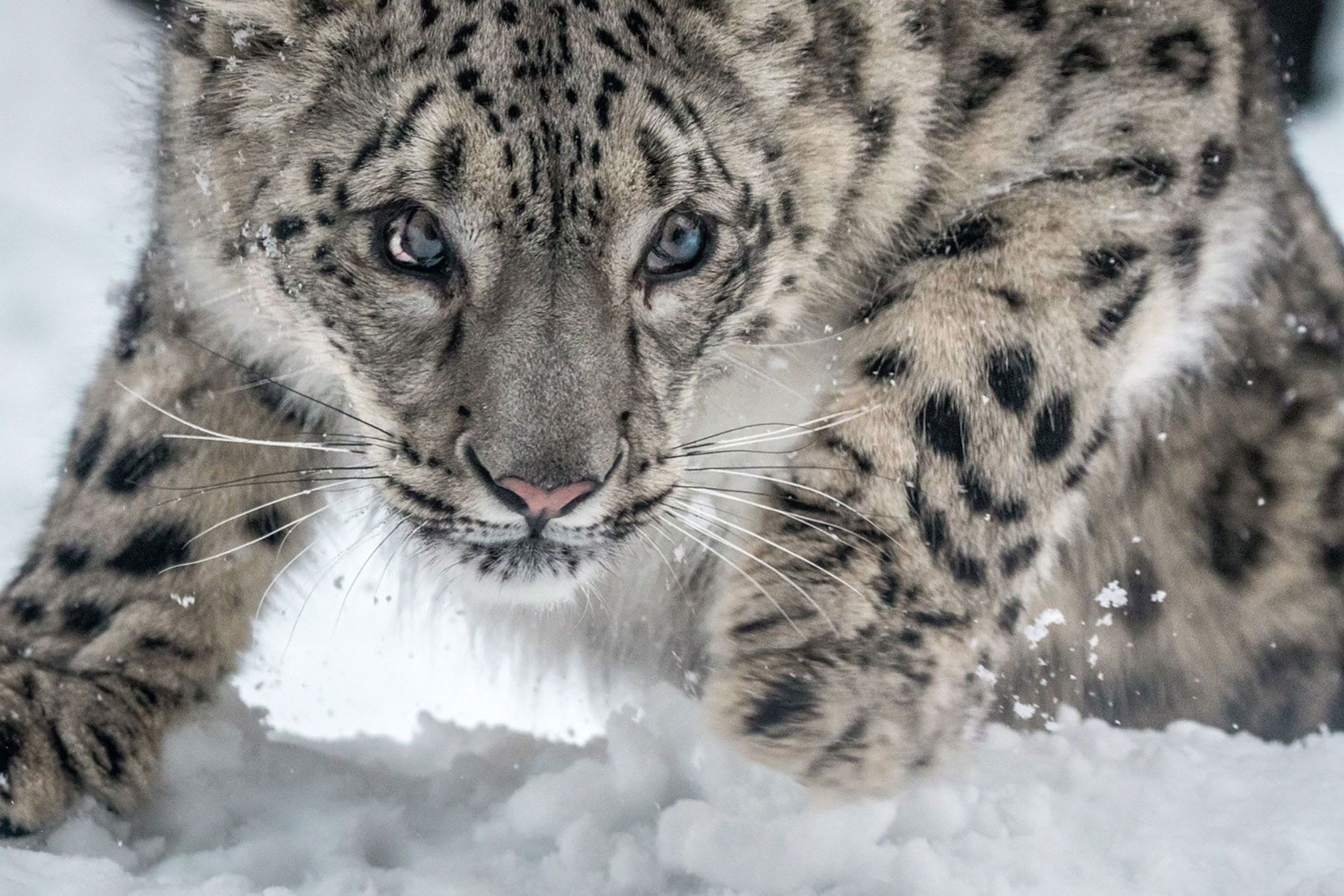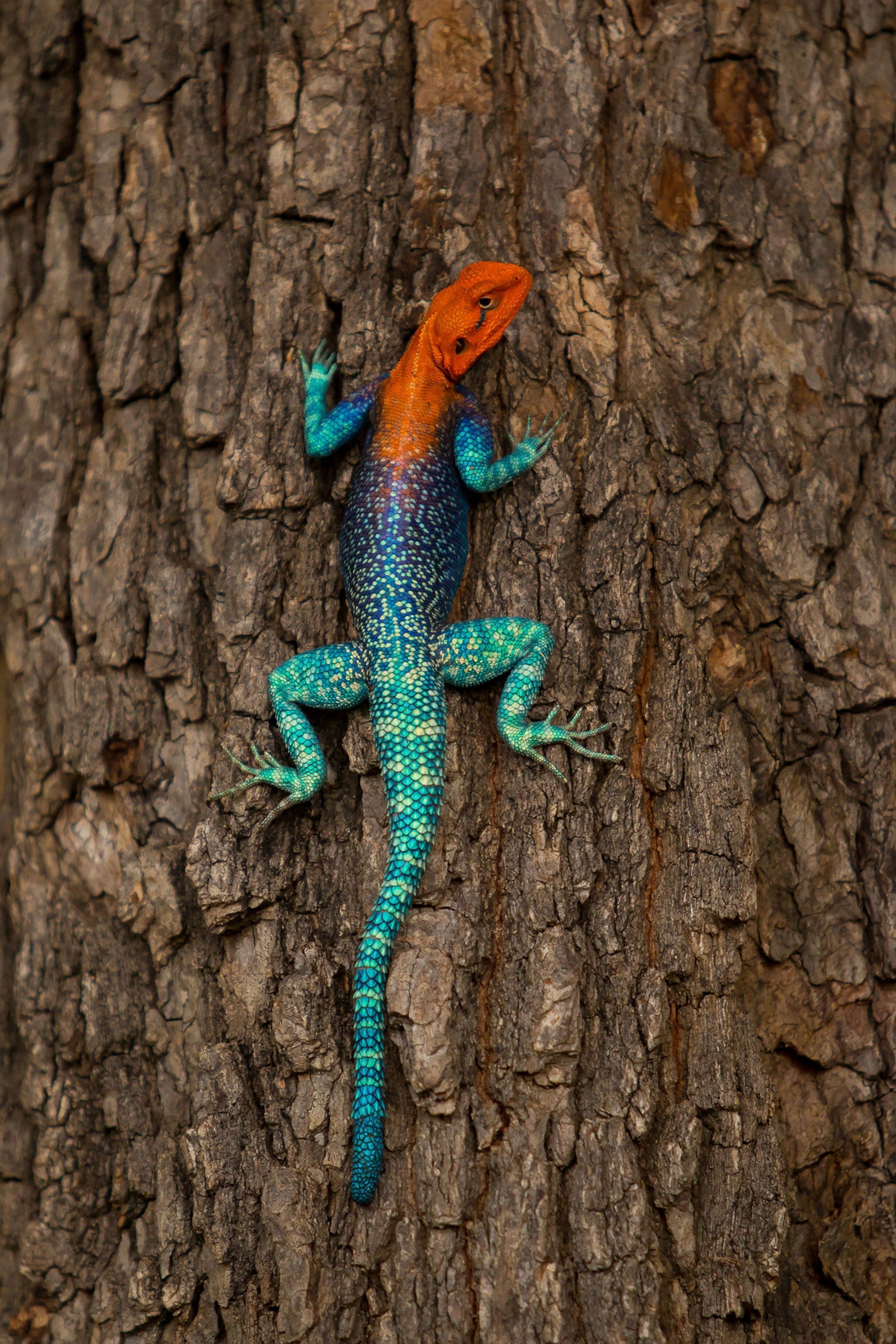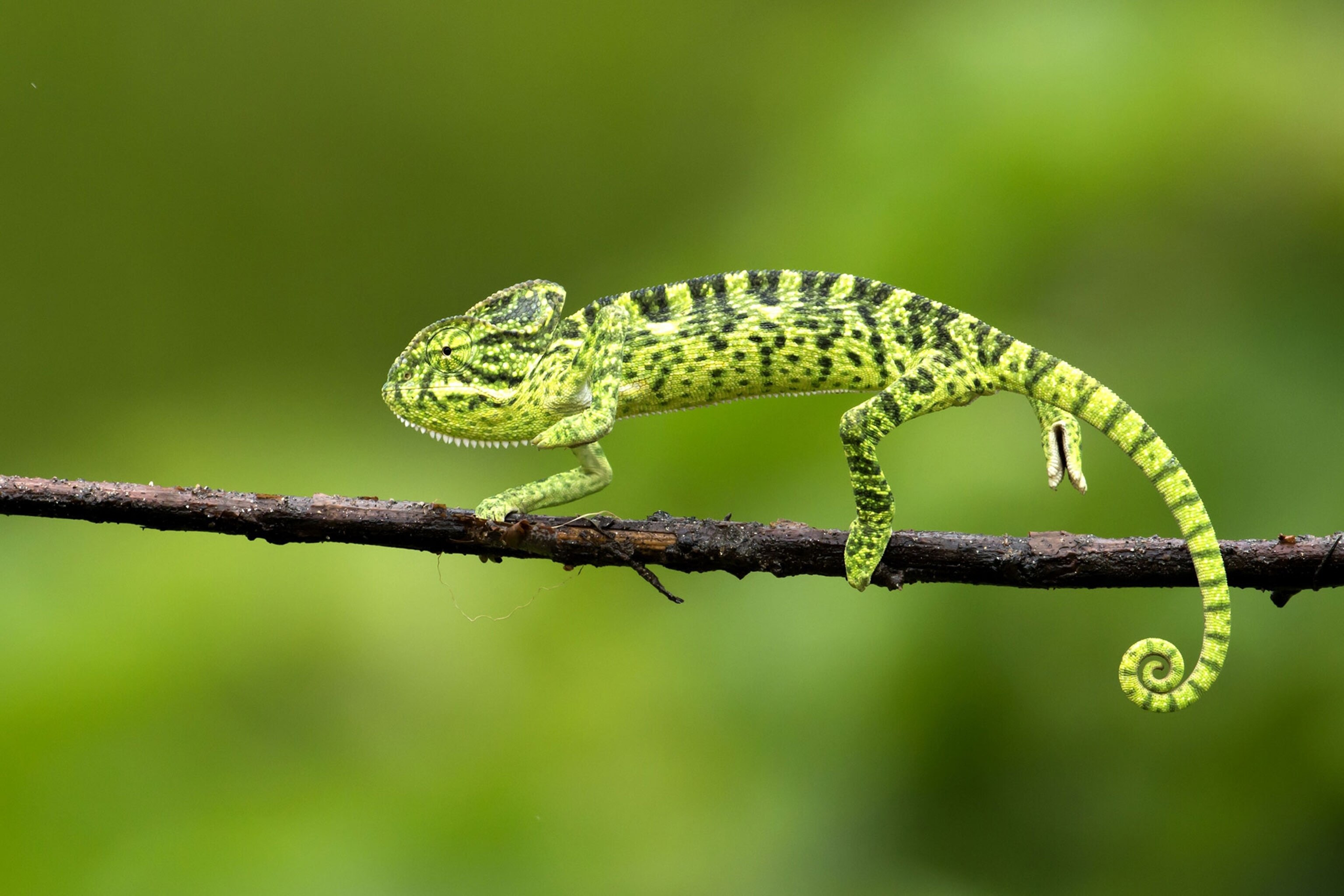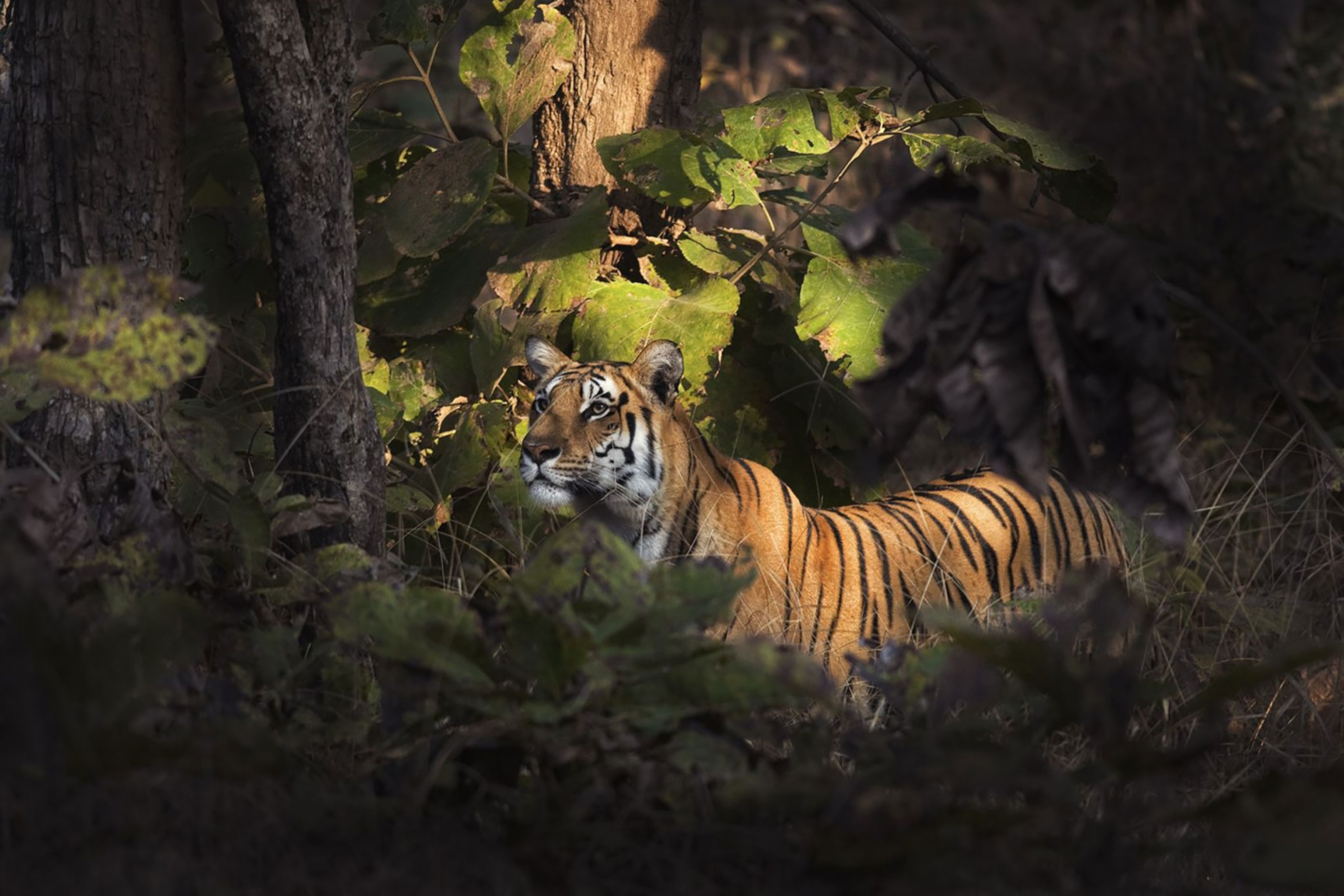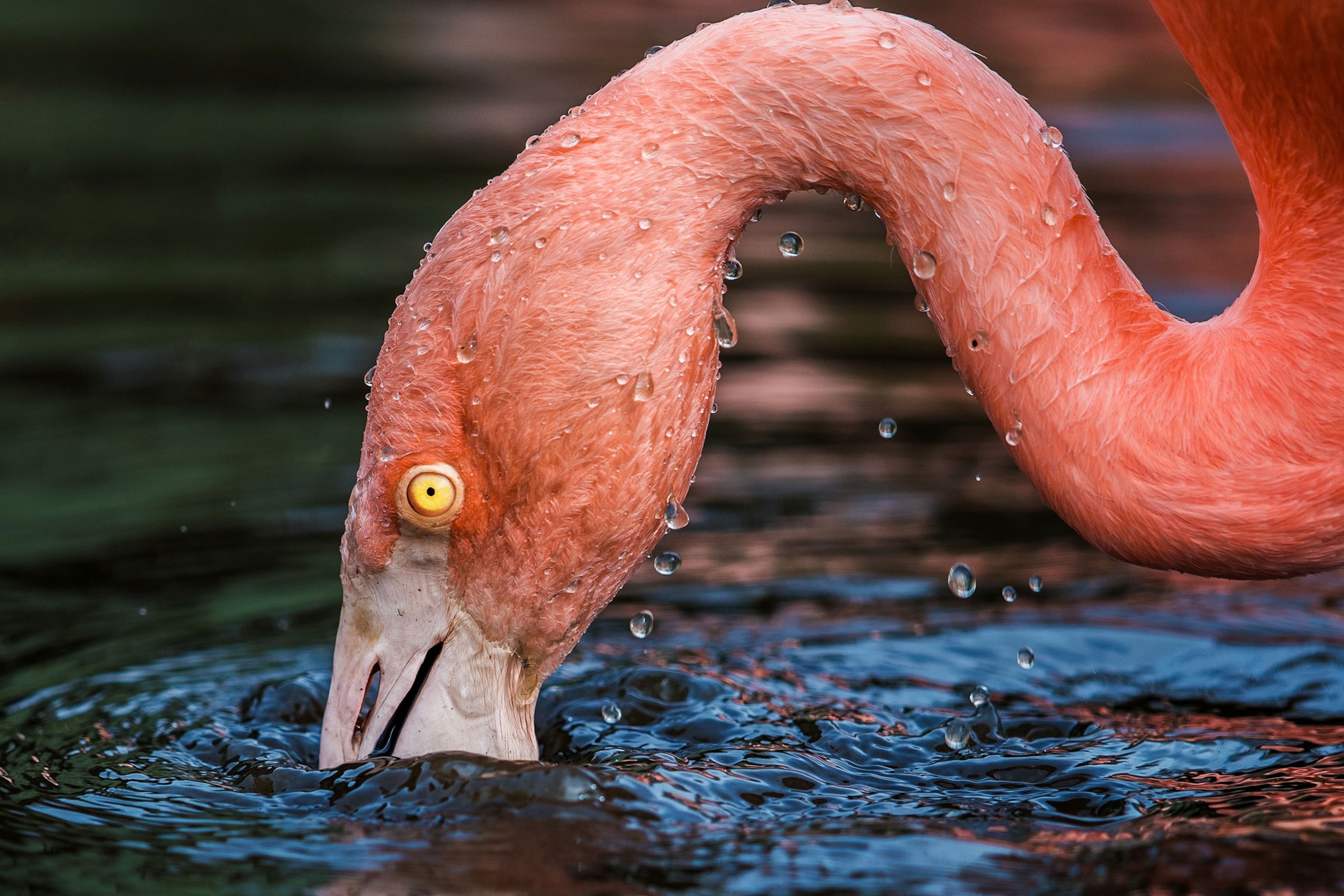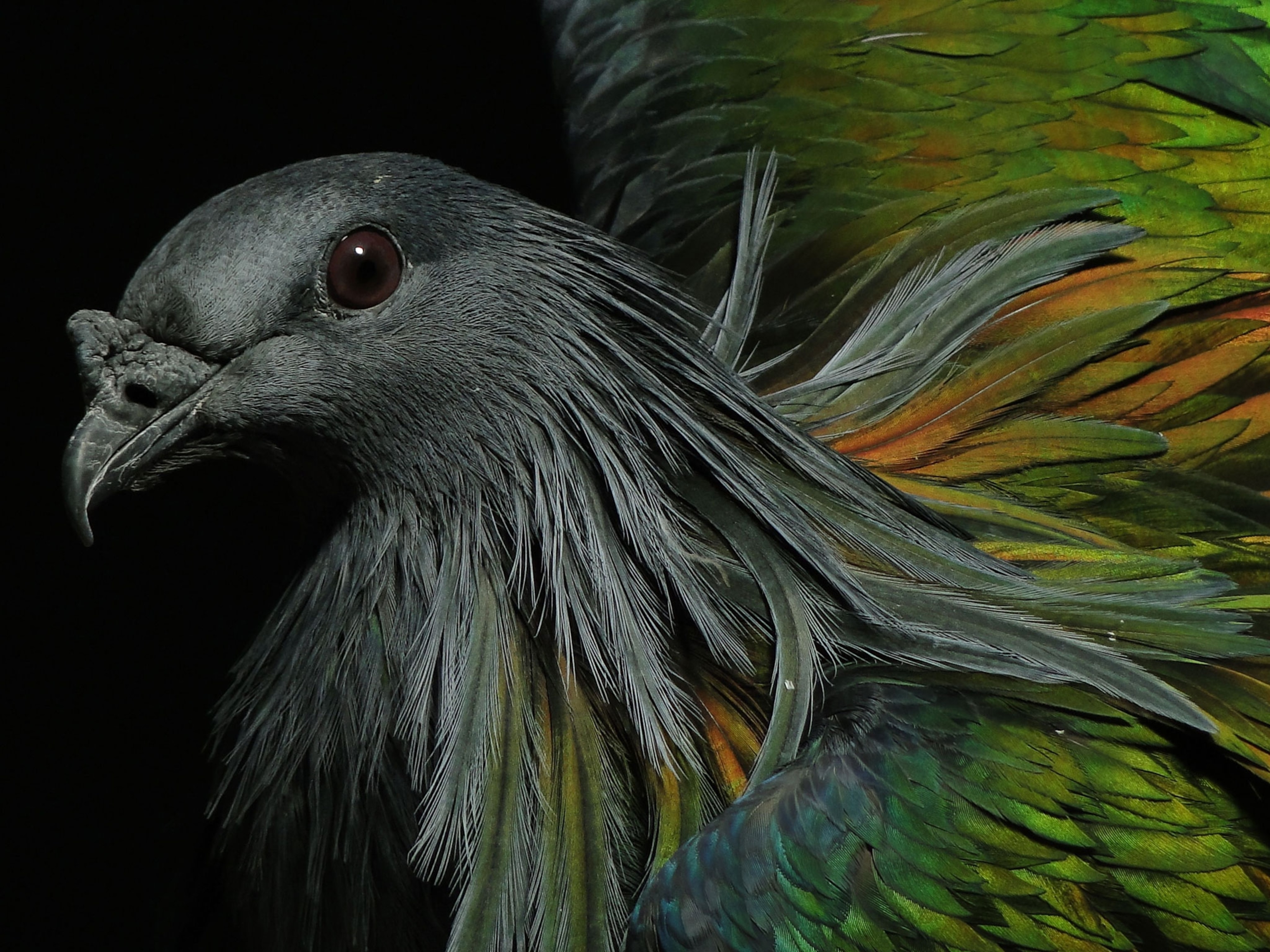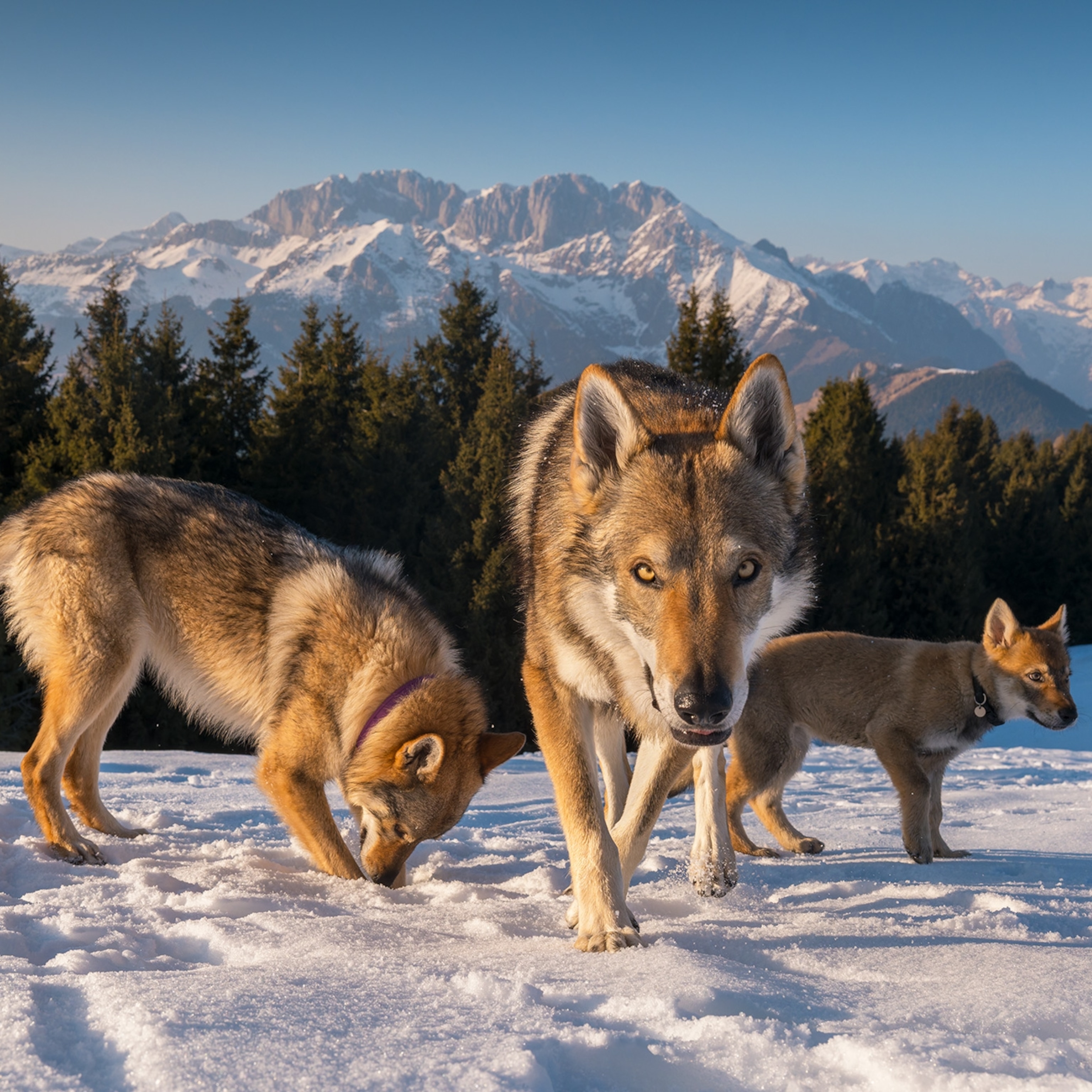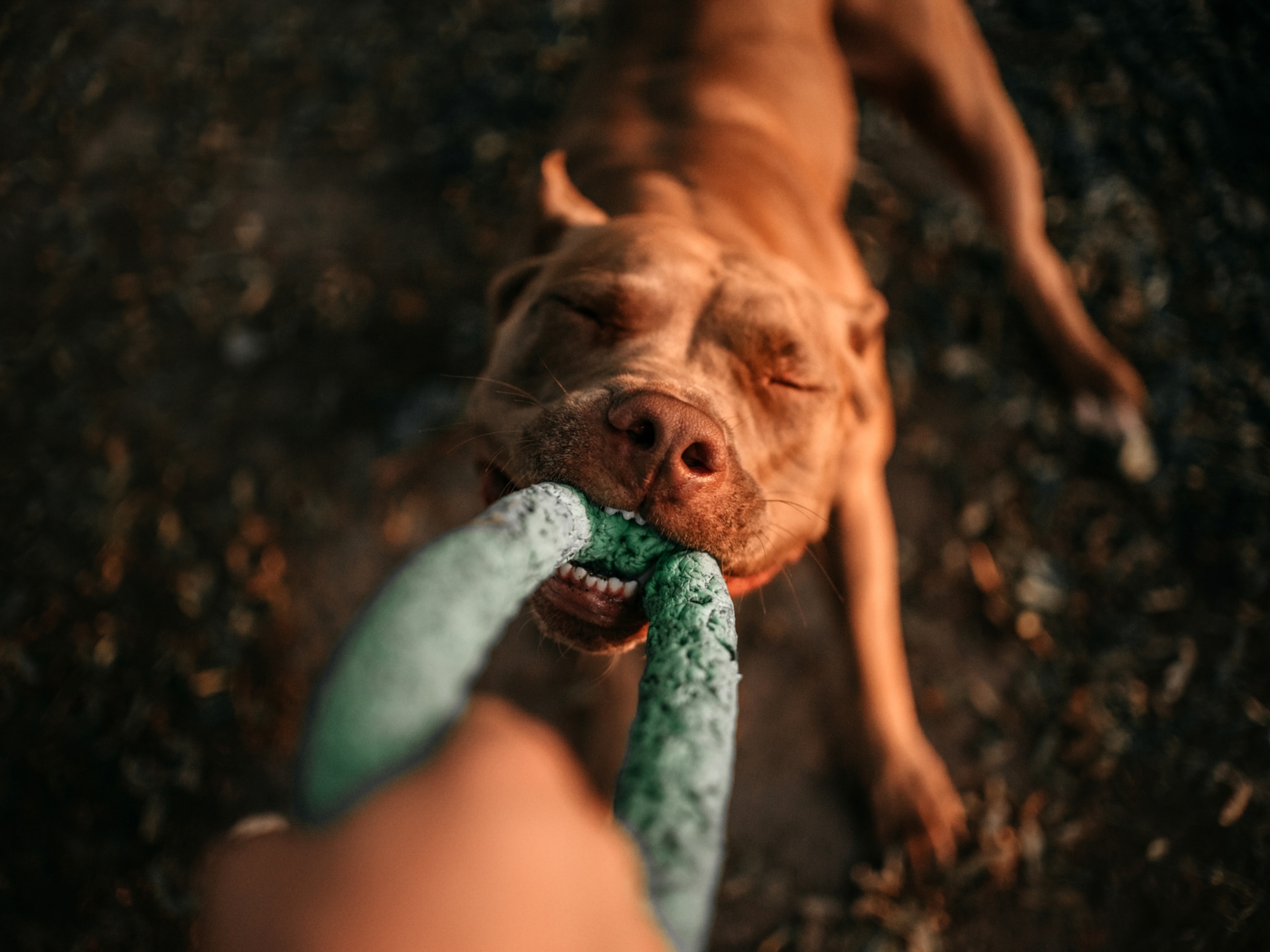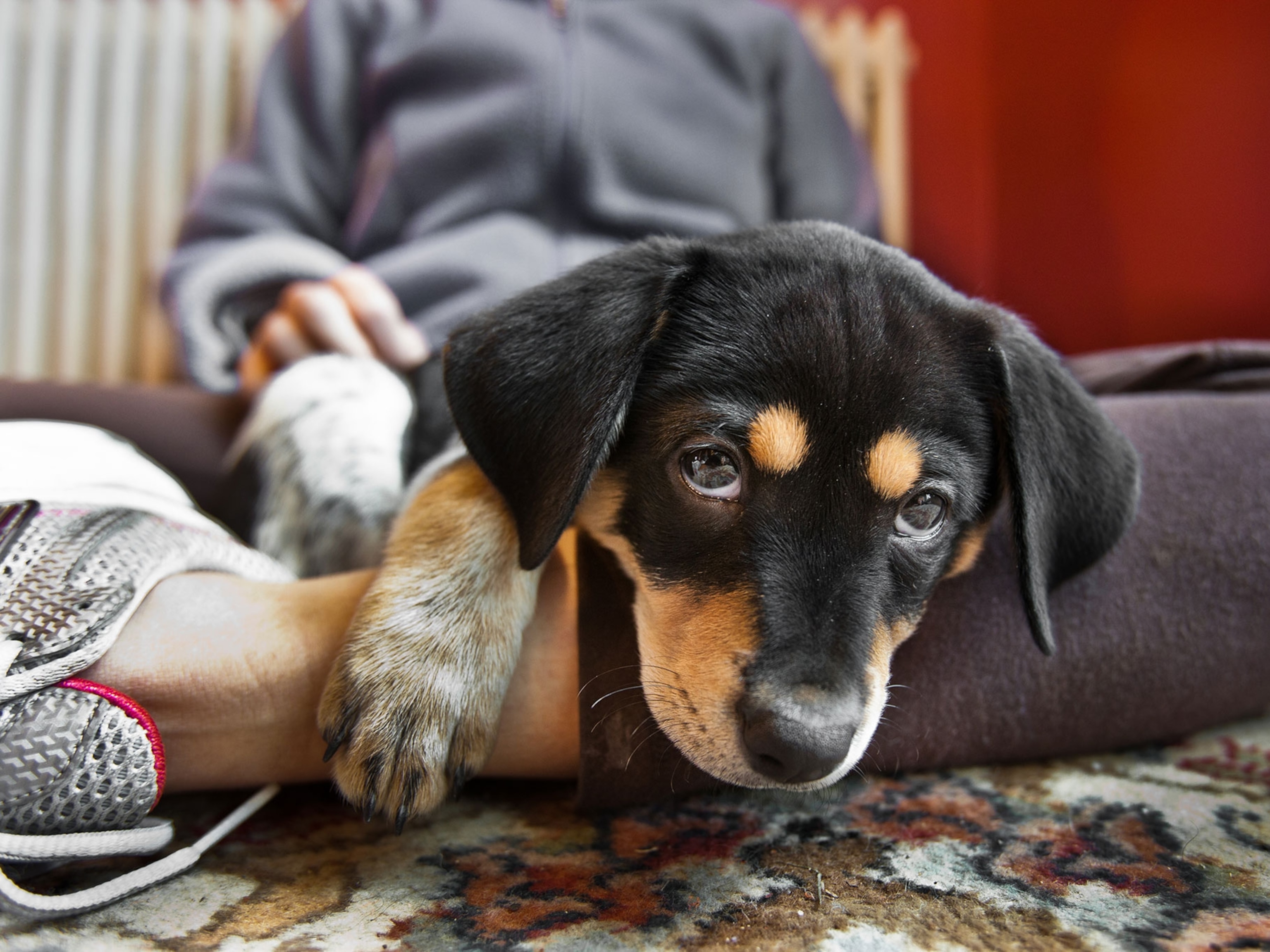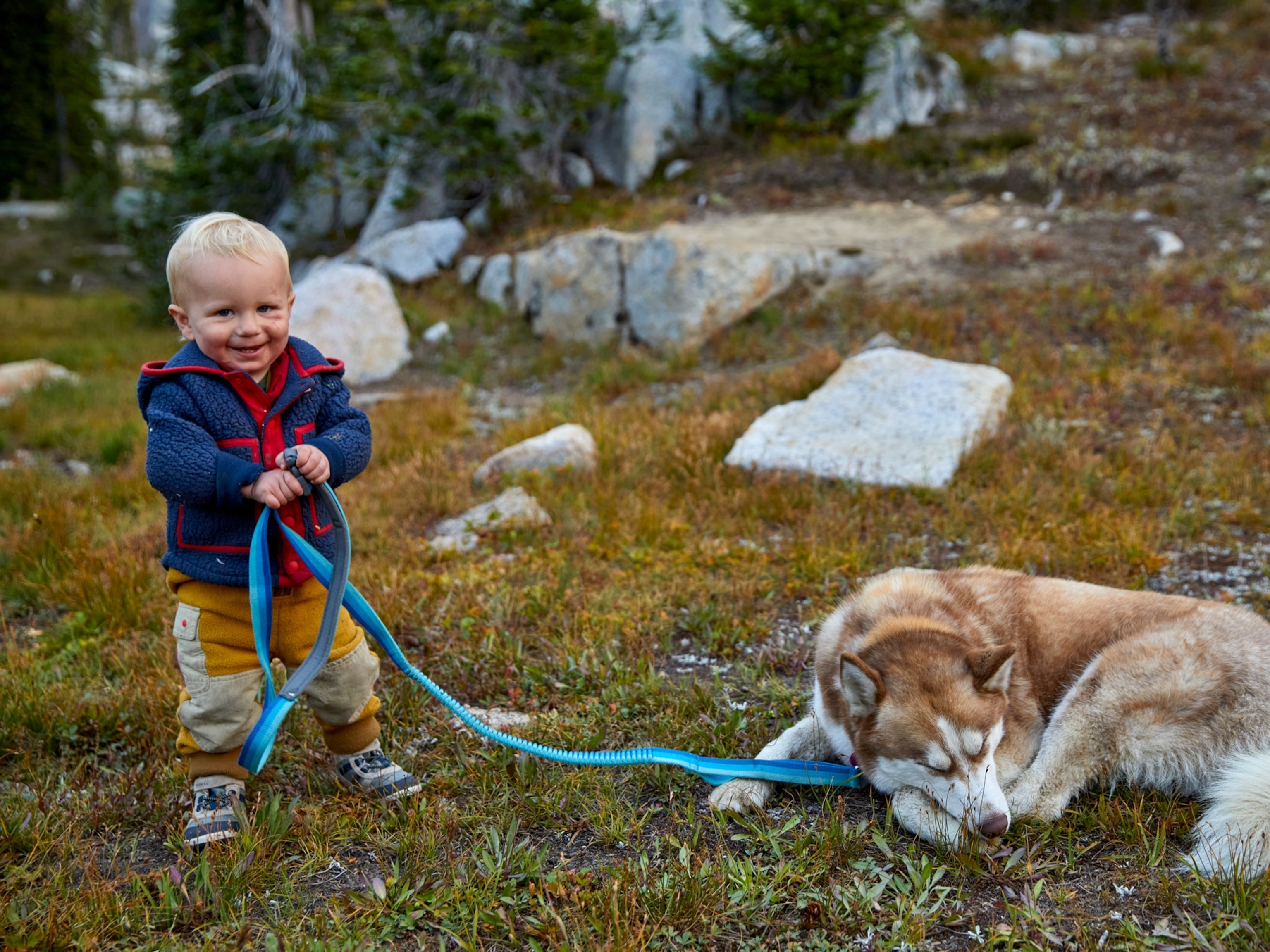
Nature's Bald and Hairless Animals
From monkeys and apes to guinea pigs and dogs, these animals go nude.
Pop images of bald guys run the gamut from heroic to hot to hard done-by to hilarious. When it comes to naked noggins, who loves ya, baby? We all do.
In humans we expect a certain amount of hair loss with age—some even beat Mother Nature to it by shaving it all off. There are a number of mammals and birds, however, that we expect to see in full fur and feathers, aside, of course, from the times they molt or shed.
But some animals defy the conventions of their species and go nudist … or at least bald-headed. A little while back we brought you a list of hairless animals, from funky naked mole rats to bare bears. Here are a few additions—some naturally nude, some not—to the bald bestiary.
Related: Vibrant Pictures of Colorful Animals
Red Uakari
Monkeys can be cute, fierce, or majestic, but the red uakari (Cacajao calvus) is downright surreal. These tree-top dwellers of the Amazon River Basin have a coat of longish auburn or white hair topped with a bright-red bald head. They look a bit like a mascot who forgot to put on the head part of his costume before going to work.
Mark Bowler, postdoctoral fellow at the San Diego Zoo Global Institute for Conservation Research, told National Geographic that while other monkeys have hairless faces, only one other species is bald-headed, the pied tamarin (Saguinis bicolor).
What’s more, the red uakari is the only monkey with a completely red head. Its coloring isn’t a pigment, but rather is due to specialized blood vessels close to the skin. Some have theorized that facial redness is a signal of good health, a theory Bowler is in the process of testing. Hairless faces on monkeys, he said, may aid visual communication.
The uakari’s face certainly is expressive, and it often seems to look worried. Maybe that’s because hunting and habitat loss has caused their numbers to drop by 30 percent in as many years, giving it vulnerable status on the IUCN Red List of Threatened Species.
Peruvian Inca Orchid
The Peruvian Inca orchid, sometimes nicknamed the PIO, is Peru’s official dog, and it can be hairless or coated. As sighthounds—like greyhounds, whippets, and borzois—the dogs are bred to hunt by sight rather than scent.

The breed has an ancient lineage, having been depicted on pottery from A.D. 750 created by the Moche civilization of northern Peru. The Quechua, descendants of the Inca, preserved this loyal hunting breed, whose name in that language means “dog without vestments.” Their orchid name is said to have come from the Conquistadors, who found them among the orchid blooms in Inca homes.
The breed got a profile boost in 2008 when, upon hearing of then-President-Elect Barack Obama’s promise of a new hypoallergenic puppy for his daughters, the Association of Friends of Hairless Dogs of Peru offered the Obamas a PIO. Alas, the First Family went with a Portuguese water dog.
Skinny Pig
Some might hear the phrase “skinny pig” and think of a farm animal that’s not getting enough food.

Fanciers of hairless pets, however, may already know that the “skinny pig” is a bald version of the fluffy-coated popular pet, the guinea pig, Cavia porcellus (well, nearly bald—it has some fluff on its nose and feet). Skinnies are likely a descendent of the IAF hairless guinea pig, first identified in 1978 at Montreal’s Institut Armand-Frappier. They’re used in dermatological testing (like tattoo research) but also found their way into the market as pets. The pigs’ defective hair shafts are due to a mutation.
The skinny is not to be confused with another, unrelated hairless guinea pig, the Baldwin, which is born with a coat that falls out in adulthood. This video shows a pup who is losing hair—on his nose, it seems—and also sounding like a Hot Wheels car alarm.
Vultures
Do you have to have Addams Family values to think vultures are beautiful?
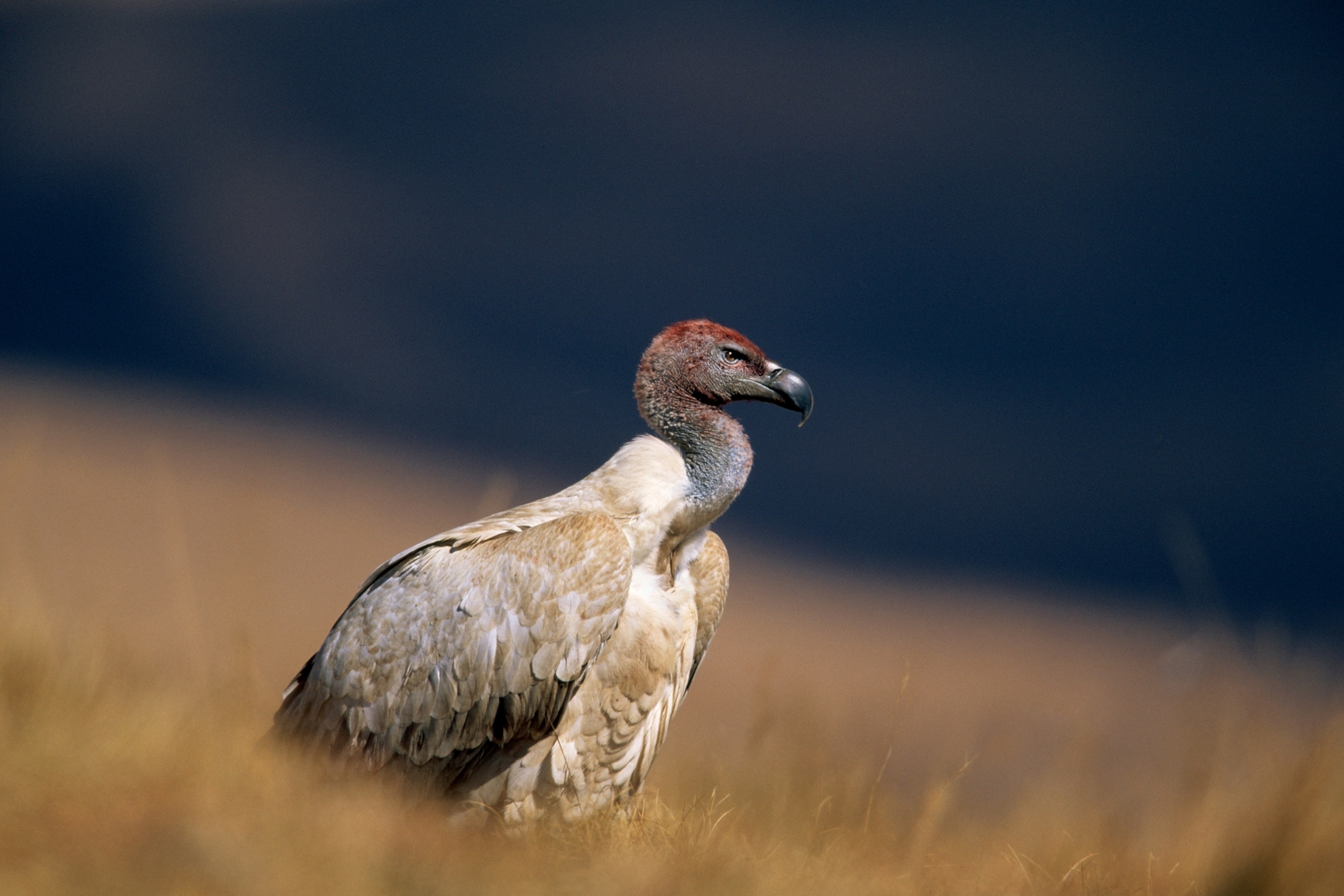
Certainly not when you see a king vulture (Sarcoramphus papa) in flight, or consider what a stinky, messy, bacteria-ridden place the world would be if they weren’t around to clean up and chow down on dead animals in town and country.
And it’s that scavenging that has long been thought to be the reason for the vulture’s conspicuously bald head. When you’re sticking your coconut inside corpses all day, bald is definitely better.
There’s another reason for the bird’s baldness: thermoregulation. The bare skin on a vulture’s body or head can help regulate its temperature.
Apes with Alopecia
Some animals are born hairless, and some lose their hair for other reasons. These chimpanzees (Pan troglodytes) have alopecia, an autoimmune disorder that causes hair loss and also occurs in humans.

There’s Guru from the Mysore Zoo in India, who was hairless when he was rescued from a circus. Jambo, at the U.K.’s Twycross Zoo, reportedly likes the snow despite not being quite dressed for it. Cinder, a chimp from the St. Louis Zoo who had alopecia universalis, or hair loss over the entire body, died in 2009 after catching a cold (here’s some video of Cinder).
A report in the journal Comparative Medicine says that little is known about hair loss in captive non-human primates because it’s typically thought of as stress-related. According to the report, assessing individual cases for underlying medical causes and monitoring the animal’s behavior are ultimately the best ways to treat it.
Tell us: Have you come across a bald or hairless animal?








